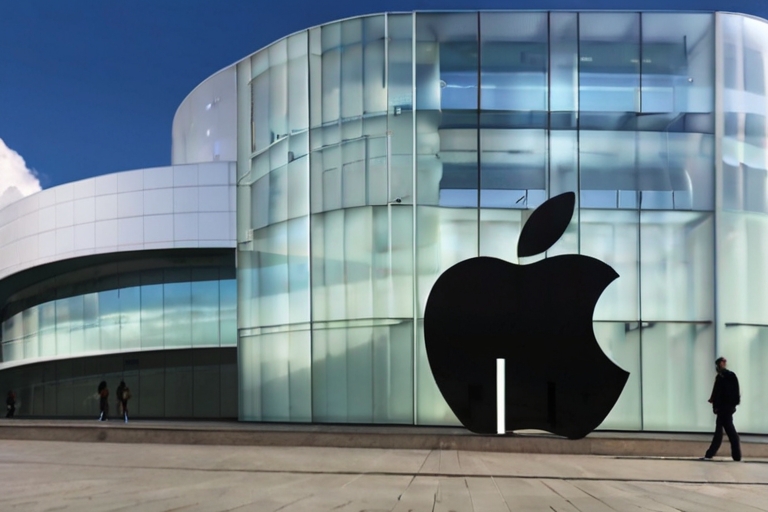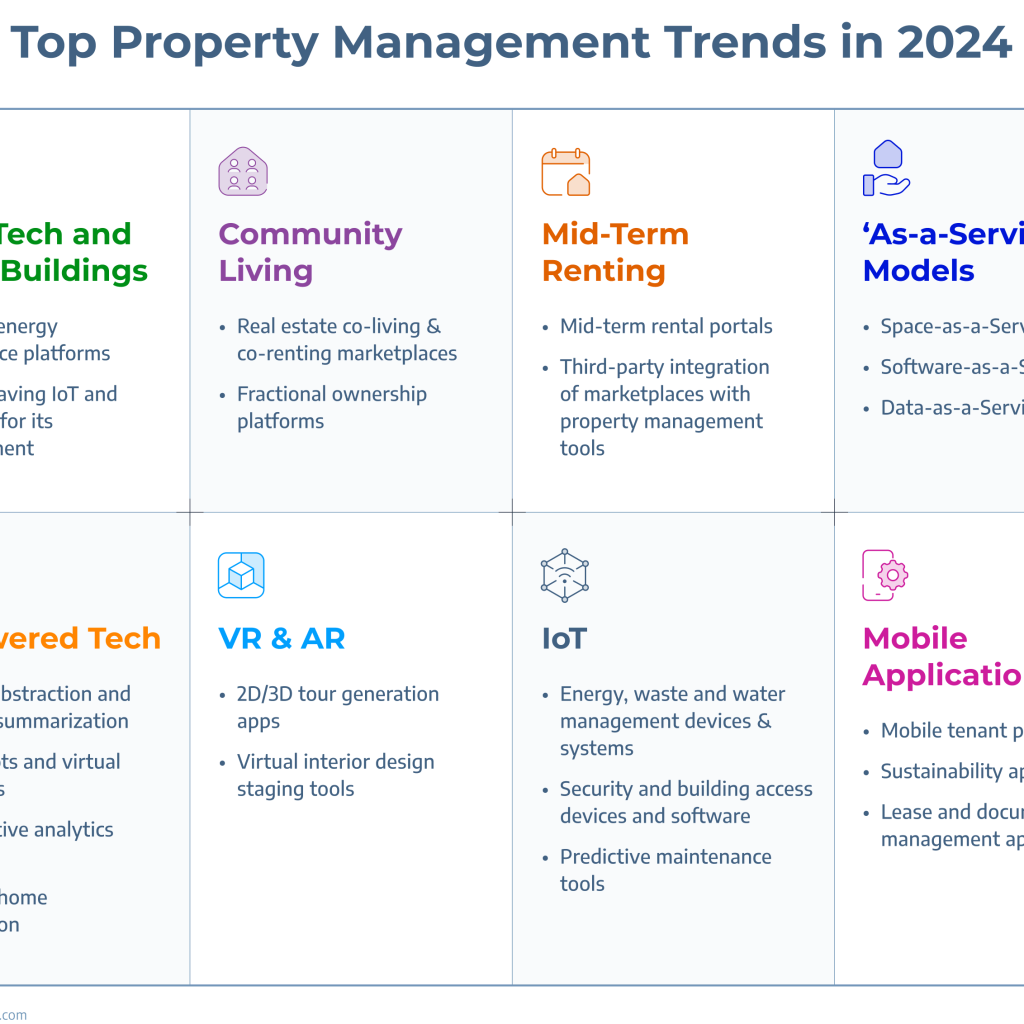Seattle has emerged as the inaugural city to test Google’s innovative Project Green Light, a pioneering application of artificial intelligence (AI) aimed at alleviating traffic congestion. Leveraging Google’s vast Maps database, this AI-driven system analyzes data to optimize traffic lights, suggesting improvements to city engineers. The intersection of technology and urban planning has never been more apparent, with the potential to transform how cities manage their traffic challenges.
Seattle’s embrace of this cutting-edge technology signals a shift in addressing one of the city’s longstanding issues – gridlocked streets. Google’s Project Green Light has swiftly become the beacon of hope for urban centers grappling with traffic woes, offering a glimpse into the future of AI integration into daily city life.
Google’s AI revolution – Project Green Light
Under the leadership of Juliet Rothenberg, Google’s Project Green Light has been implemented in Seattle as a strategic response to the city’s traffic issues. The system utilizes AI algorithms to navigate Google’s Maps database, sifting through vast amounts of data to optimize traffic light patterns. Christopher Alexander, Chief Analytics Officer at Pioneer Development Group, emphasizes that managing traffic efficiently involves analyzing extensive data sets—a task perfectly suited for AI and its machine learning capabilities.
The significance lies in AI’s ability to replicate the work of multiple analysts, constantly adjusting and adapting to traffic patterns. As Alexander points out, human oversight remains crucial, ensuring that trained experts use AI as a tool for augmentation rather than a standalone solution. The effectiveness of the system is already evident, with city officials reporting improvements in traffic congestion, thanks to subtle adjustments made by Google’s AI.
Seattle’s Department of Transportation engineer, Laura Wojcicki, highlights a specific case where a mere four-second adjustment on a particular street drastically reduced stop-and-go traffic. The success of such interventions demonstrates the potential of AI in optimizing traffic management, providing tangible benefits to both drivers and the environment.
Global impact and future expansion
While Seattle takes the lead in implementing Project Green Light, Google’s initiative extends globally. The program is currently being tested at 70 intersections in 13 cities worldwide, impacting a staggering 30 million car trips monthly. The ultimate goal is to reduce stop-and-go traffic by up to 30%, a vision that aligns with the broader efforts to enhance urban mobility.
Notably, Google is offering this service for free, aiming to make it accessible to thousands of cities. Phil Siegel, founder of the Center for Advanced Preparedness and Threat Response Simulation, acknowledges the sophistication of existing traffic management systems but underscores the novelty of Google’s approach by adding new objectives like reducing idling time and carbon footprint. This free service is a game-changer, democratizing access to advanced traffic optimization technology.
Contemplating the future with AI tech for traffic optimization
As Samuel Mangold-Lenett, a staff editor at The Federalist, points out, the integration of AI into U.S. infrastructure is inevitable. Yet, he raises a pertinent concern about the potential challenges posed by human behavior, particularly behind the wheel. While AI can revolutionize traffic management, the unpredictable nature of human behavior may introduce complexities.
The intersection of technology and urban planning brings forth questions about the impact of AI on social dynamics and individual freedom. Will the integration of AI in traffic management be a seamless evolution, or could it potentially lead to unintended consequences?
As we embark on this transformative journey, striking a delicate balance between technological innovation and accommodating human behavior remains a crucial consideration. How can cities navigate this paradigm shift in urban mobility without compromising the essence of individual choices and behaviors on the road? The road ahead is paved with possibilities, and the success of Seattle’s trial with Project Green Light prompts us to ponder the broader implications of AI in shaping our urban landscapes.





